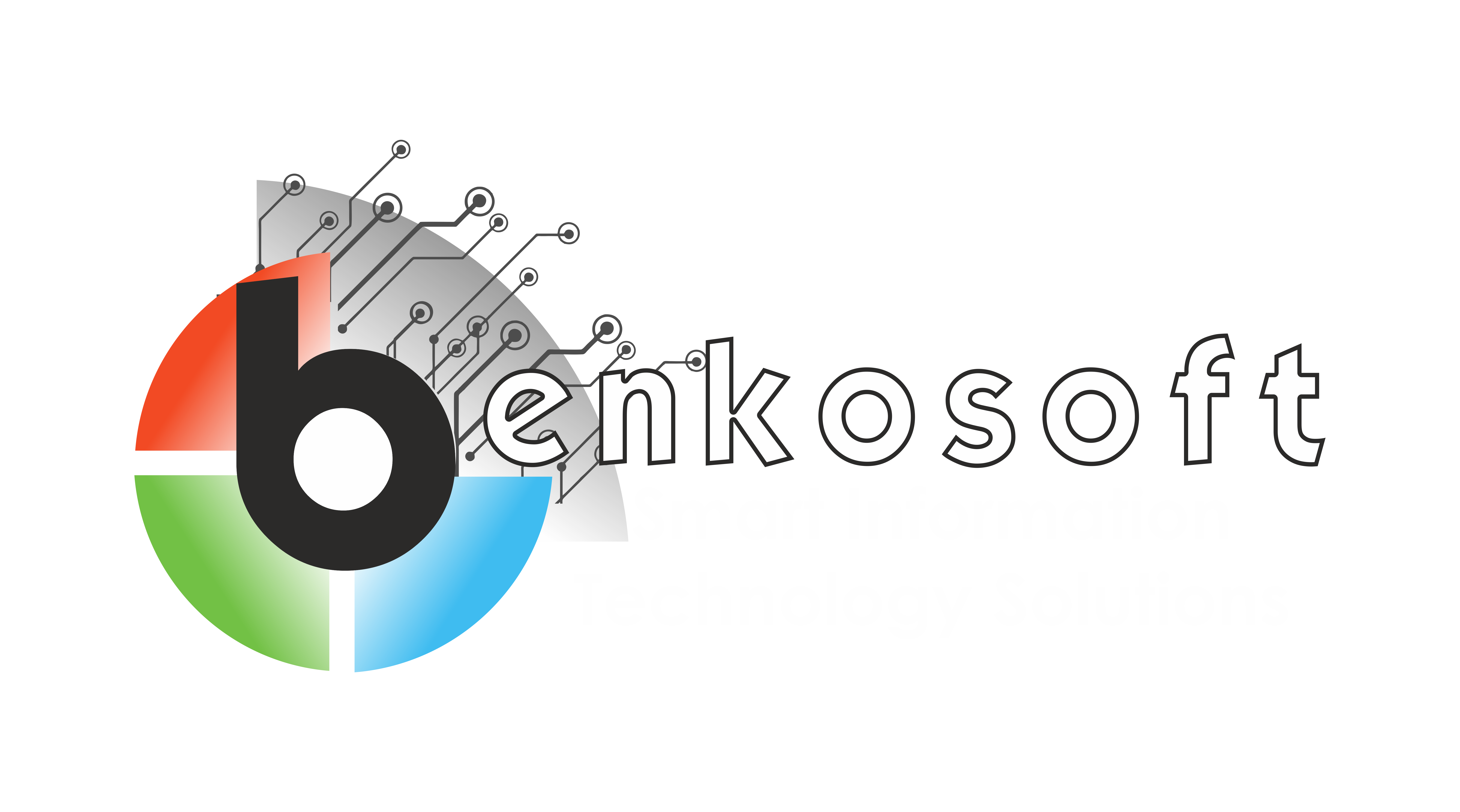Technologies
Spring
Spring is a powerful and widely used open-source framework for building modern Java applications. It provides comprehensive infrastructure support, making it easier to develop robust and maintainable applications. Originally created by Rod Johnson in 2003, Spring has since grown into a vast ecosystem that includes a wide range of modules and projects, each addressing different aspects of application development.
One of the key features of Spring is its lightweight and non-intrusive nature. Unlike traditional Java EE frameworks, which often require developers to extend base classes or implement specific interfaces, Spring uses plain Java objects (POJOs) to define application components. This makes it easier to write and test code, as there is no need to rely on complex frameworks or containers.
Spring also provides a wide range of features that simplify common development tasks. For example, the Spring Core module provides support for dependency injection, allowing developers to define the dependencies of their classes externally. This promotes loose coupling between components and makes it easier to manage dependencies in large applications.
Another key feature of Spring is its support for aspect-oriented programming (AOP). AOP allows developers to define cross-cutting concerns, such as logging, security, and transaction management, separately from the main application logic. This helps to keep the codebase clean and maintainable, as these concerns can be applied to multiple parts of the application without duplicating code.
Spring also provides support for building web applications through its Spring MVC module. Spring MVC follows the model-view-controller (MVC) architectural pattern, making it easy to develop web applications with a clear separation of concerns. The framework provides features such as request mapping, data binding, and form validation, making it well-suited for building RESTful APIs and web applications.
In addition to its core features, Spring has a vibrant ecosystem of projects and extensions that further enhance its capabilities. For example, Spring Boot provides a streamlined way to build stand-alone Spring applications, with features such as auto-configuration and embedded servers. Spring Data provides support for data access, making it easier to work with databases and other data sources.
Overall, Spring is a powerful and versatile framework that has become a cornerstone of Java development. Its lightweight nature, comprehensive features, and vibrant community make it an ideal choice for building modern, enterprise-grade applications.

